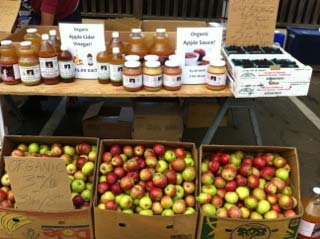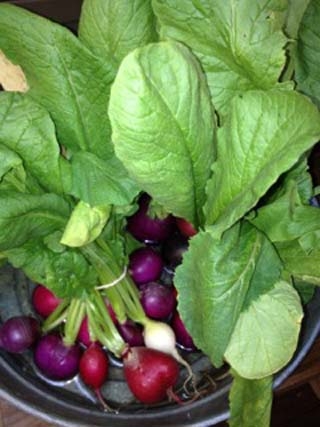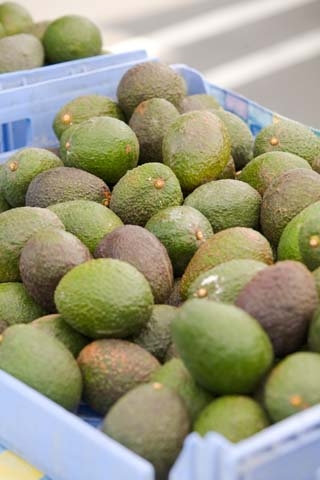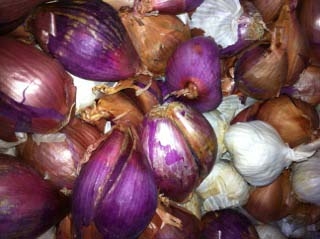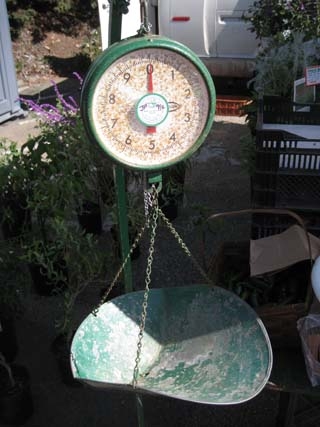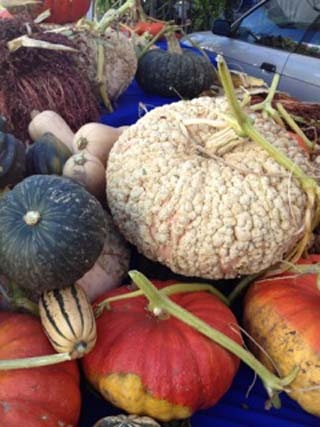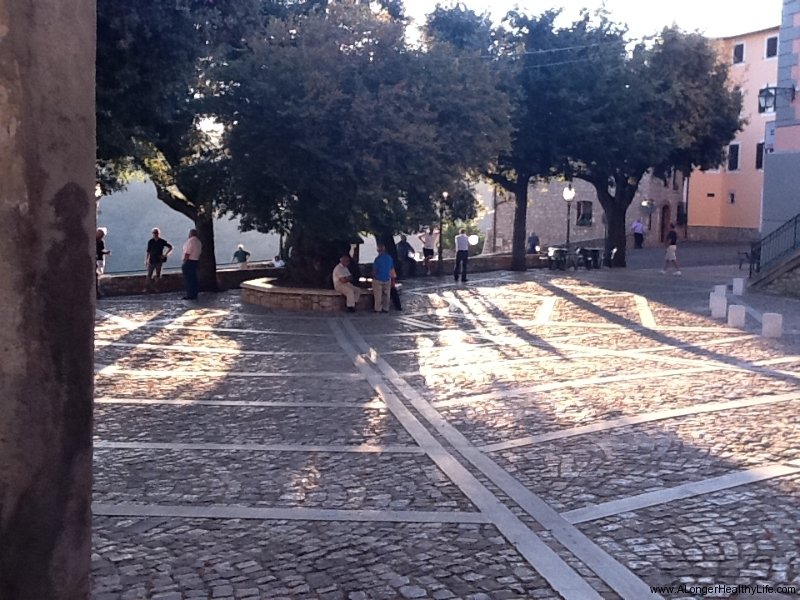In Okinawa they…
Grow fresh organic vegetables and herbs year-round in their gardens.
What we can do:
- Buy fresh organic vegetables and herbs, preferably locally-grown and seasonal if the climate allows, in our supermarkets and greengrocers.
In Okinawa they…
Eat fruit every day picked from their own trees including citrus fruits, pineapples, bananas, papayas, guavas, mangoes and passionfruit.
What we can do:
- Eat fruit every day, either picked from our own trees or bought from the supermarket or grocery store. Remember the ‘rainbow’ principle – use plenty of different colored vegetables in salads and cooked dishes in order to get a wide range of antioxidant flavonoids and other anti-cancer plant compounds.
In Okinawa they…
Eat meat from locally-reared livestock mainly on special occasions. For example they will cook an entire pig and eat every part of it, including its face, boiled or stewed. On one Okinawan island they also produce beef of similar quality to the world-renowned melt-in-the-mouth Kobe beef found in exclusive Japanese restaurants.
What we can do:
- Buy quality, organic meat from a humane source, enjoy it mainly on special occasions, and stew every part of it, thus getting all the benefits of the B vitamins and collagen and keeping saturated fat content to a minimum.
In Okinawa they…
Eat meals which have a low calorie content, a high nutrient content, and a larger volume than the average American meal.
What we can do:
- Eat a plant-based diet high in nutrients, low in calories and high in volume so that we feel full and satisfied and lose excess weight whilst adding to our bodies’ nutrient stores.
In Okinawa they…
Get their protein mainly from fresh fish and around 3 oz daily of melt-in-the-mouth tofu and traditionally-fermented soy products.
What we can do:
- Choose fresh fish from unpolluted, sustainable sources and use fermented soy products such as miso and tofu rather than processed and GM soy products.
In Okinawa they…
Use salt sparingly, and when they do use salt it is mineral-rich local sea salt. One type of salt from the Okinawan island of Miyakojima is said to be ‘the best sea salt in the world’ with 18 minerals.
What we can do:
- Use garlic and herbs to flavor dishes rather than salt, use salt only sparingly, and choose mineral-rich sea salt from our supermarkets and health food stores.
In Okinawa they…
Use the powerful anti-inflammatory spice turmeric to flavor dishes.
What we can do:
- Use turmeric in cooking to improve immunity and help prevent inflammatory conditions which promote chronic diseases of aging.
In Okinawa they…
Recite the Confucian mantra ‘hara hachi bu’ before each meal, meaning ‘eat until you are only 80 percent full.’
What we can do:
- Eat until we are only just full so as to avoid taxing our digestive systems and to keep calorie intake at an anti-aging optimal level.
In Okinawa they…
Replenish their cups from a large pot of green tea all day long and use mugwort and hibiscus to make herb tea.
What we can do:
- Drink less coffee and tea and more green tea and herb tea. Always buy good-quality green tea as it has superior taste and antioxidant levels.


